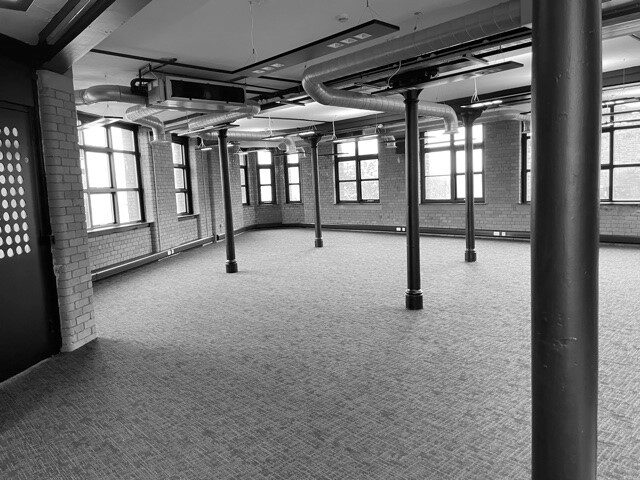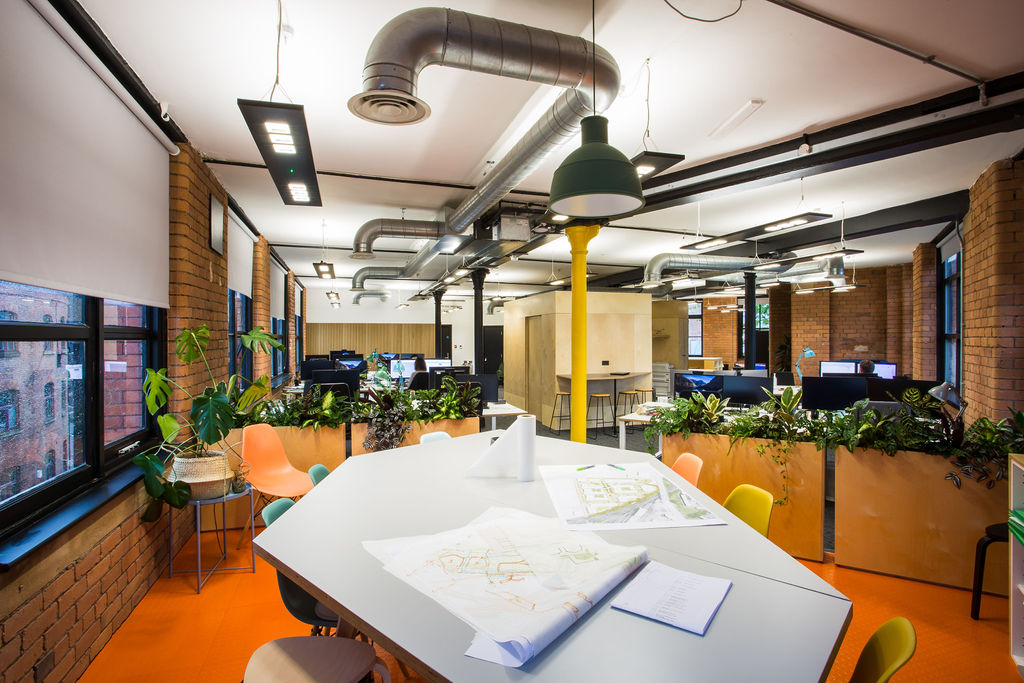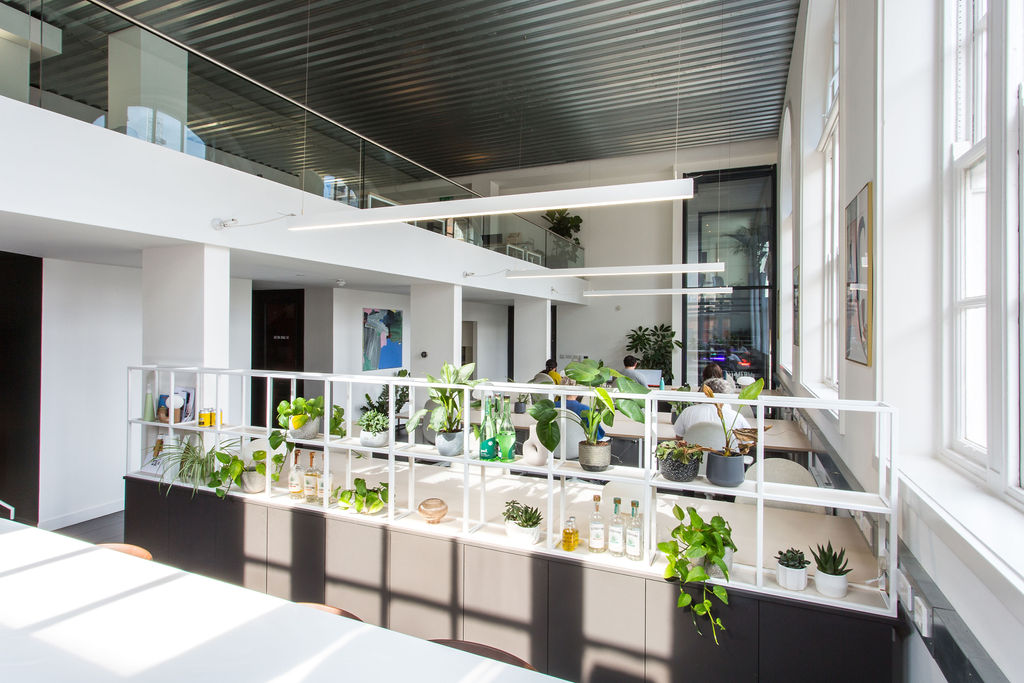The 5 top office design trends for 2023
We love looking at office design trends and December is a great time to look ahead. This year Clerkenwell Design Week brought us some fantastic insights into emerging office design trends and we find it useful, alongside our own ‘future trends’ report, to keep ahead of what 2023 might bring in terms of customer needs and wants in their office space.
Here at Select we pride ourselves on not only keeping ahead of the trends but we use our 30+ years of experience to determine the trends that will have a meaningful and longer term impact and consider these ahead of any short term trends or gimmicks that wont last.
Read on to find out more about the top 5 trends we think will stick around…
1. WELLBEING focussed design
A workplace design that fosters the well- being of its’ occupiers, addresses not just their physical but also their mental health. Our design team offer suggestions for increasing staff well-being by taking a holistic approach to the design process.
Using natural or natural looking materials and finishes provides a visual link to nature and this in conjunction with ‘calming palette’ will engender feelings of ‘well-being. We humans have an innate affinity with nature and so introducing planting, natural finishes and ‘calming’ colours into a scheme will bring the outside into the workplace and positively affect well-being and thus help productivity. This link with nature brings positive benefits in terms of: environmental, air quality, acoustics as well as the aesthetics.
Design for wellbeing incorporates the other design trends mentioned below and it’s a given that there is a natural crossover.
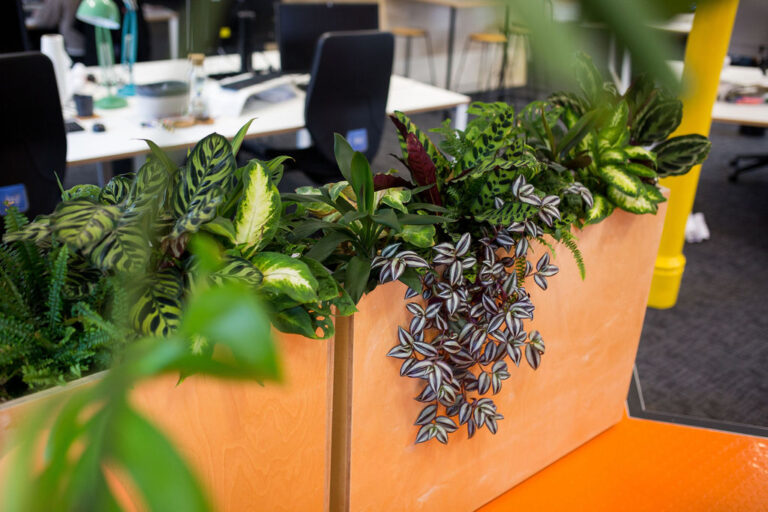
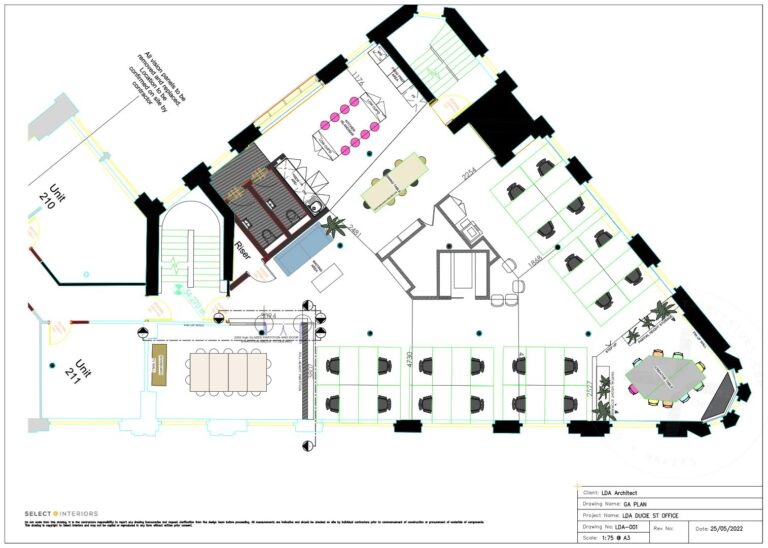
2. AGILE or activity based design
I’ve written a few blogs on this subject so I will not dwell too long on the reasons why this trend is increasingly being adopted by forward thinking businesses. In essence the idea is to create micro-environments within an office footprint, to enable staff to choose the best setting to help them to be more creative / productive.
Incorporating both high, normal seating and standing options helps change the energy of meetings and collaboration. The difference in seating height & settings encourages change of postures and movement. The idea is the antithesis of 1950’s style offices or call centres where worker ants are chained to rows of uniform desk layouts. This philosophy has a beneficial impact on the no. 1 trend Wellbeing. See a recent example of an agile office design we created for LDA Architect’s Manchester HQ
3. ACOUSTICS and noise reduction
Research illustrates that sounds from nature, such as birdsong or rippling water, promote faster recovery from stressful tasks compared with traffic and ambient building noise from air-conditioning / mechanical ventilation. Noise distraction can be disruptive to workflow. Acoustic improvement can be addressed through the design of a scheme. This can be delivered by attenuation introduced into the ventilation system and easy wins like acoustic privacy panels between desks.
Forming ‘quiet areas’ which are segregated and have enhanced acoustic build qualities & private phone booths is also a quick win. There are numerous acoustic screens and wall panels on the market both ceiling and wall mounted which help reduce noise. A new innovation is to introduce soundscapes provide quiet.
Here is an example of some acoustic panelling we added to a scheme for Ochre Health, that not only provides acoustic benefits but looks great too.
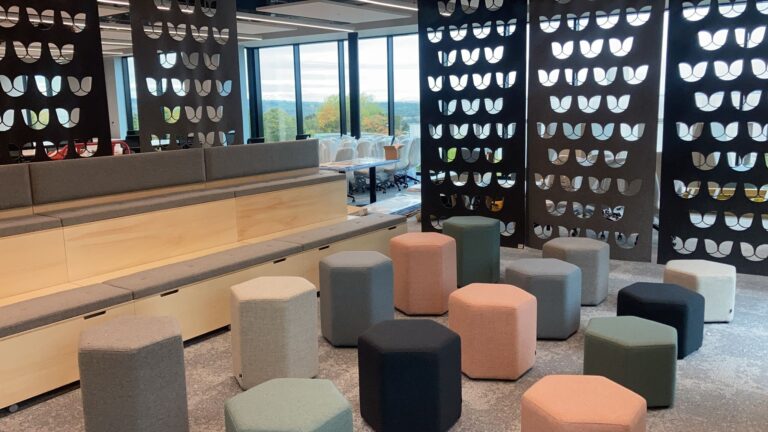

4. SUSTAINABLE design
Sustainability at the design stage is increasingly a factor for all organisations and many now have set environmental policies and agendas. Most manufacturers are highlighting their green credentials and have introduced recycled material into their manufacturing process.
We use suppliers with strong environmental policies, for example Tarkett not only incorporate recycled material into their products but also offer a service to recycle the material uplifted like floor coverings. Major fabric suppliers like Camira manufacture with recycled materials and Crown Paints are focused on sustainability and reducing energy usage.
Manufacturers and suppliers are continuing to develop more ways to source, and incorporate sustainable materials into their products. There is thankfully a groundswell of suppliers achieving key benchmarks – ISO 14001, and using climate neutral materials and zero landfill policy.
5. RESIMERCIAL’ design
In 2022 office design as ‘home from home’ was adapted by most practices. This trend will continue to flourish in 20203. The concept brings home comforts into the working environment, encouraging staff to come into work and helping to improve attendance.
Post pandemic many workplaces have adopted a ‘hybrid’ model but many businesses are now keen to encourage workers back into the office and creating a warm and homely environment can play a big part in that.
Companies are realising that the camaraderie, collaboration, and social contact is a basic human requirement. The many benefits of returning to office include; improved connection with co-workers, increased productivity, and team synergy.
Resimercial interior design for offices will continue to be a strong trend as companies compete in a tight labour market try to attract & retain the best talent
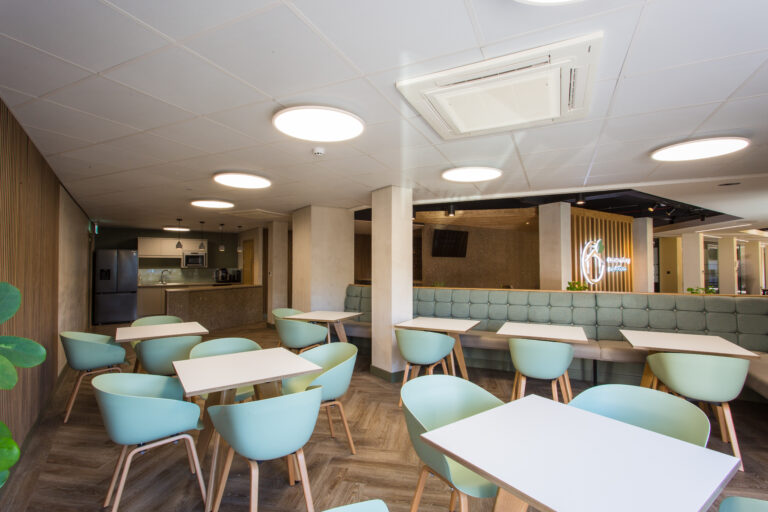
See some more examples of how we have incorporated all of these design trends into some of our recent schemes…

